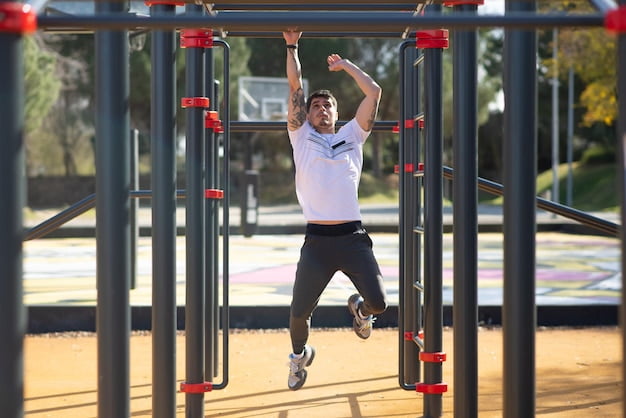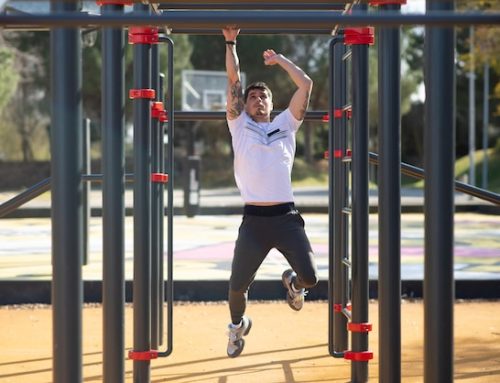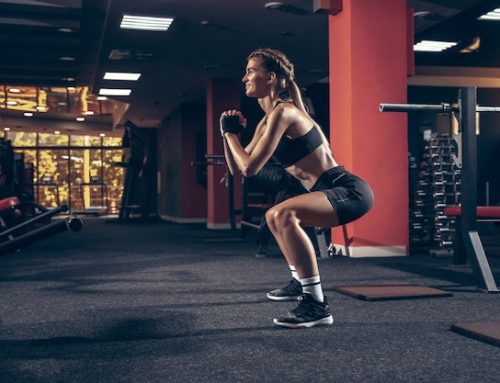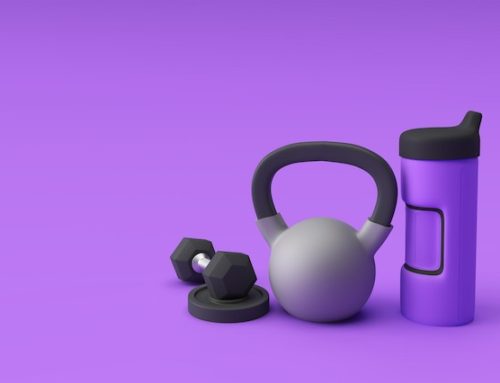The Importance of Pull-Ups in Calisthenics
Calisthenics is a form of exercise that emphasizes bodyweight movements to build strength, flexibility, and endurance. One staple exercise in the calisthenics repertoire is the pull-up. Pull-ups are a compound exercise that targets multiple muscle groups, including the back, shoulders, and arms. While many people include pull-ups in their workouts, some athletes, particularly boxers, often avoid them. But why do boxers skip pull-ups?
Boxing and Muscular Endurance
Boxing is a physically demanding sport that requires a combination of muscular endurance, speed, and power. Boxers need to be able to throw punches quickly and powerfully while maintaining their defensive stance throughout the fight. To build this type of athletic ability, boxers typically focus on exercises that build muscular endurance.
Muscular endurance refers to the ability to perform high-intensity exercise for an extended period. Boxers need to be able to throw hundreds of punches during a fight without fatigue, which requires a high level of muscular endurance. To build this type of endurance, boxers often perform exercises with lighter weights and higher reps.
The Role of Pull-Ups in Athletic Performance
While pull-ups are an excellent exercise for building upper body strength, they are not specifically designed to build muscular endurance. Pull-ups are a high-intensity exercise that requires a lot of strength and power to perform. However, pull-ups are typically performed in sets of 5-10 reps, which does not provide the type of training stimulus required for building muscular endurance.
So, while pull-ups are an excellent exercise for building upper body strength and overall fitness, they may not be the best exercise for boxers who need to focus on building muscular endurance to perform well in the ring.
The Benefits of Pull-Ups for Boxers
Despite the traditional focus on muscular endurance in boxing training, pull-ups still offer several benefits for boxers. Pull-ups are a compound exercise that targets multiple muscle groups, including the back, shoulders, and arms. Building strength in these muscle groups can help boxers throw punches more powerfully, improve their posture, and reduce their risk of injury.
Additionally, pull-ups can also improve grip strength, which is essential in boxing. Boxers need to have a strong and resilient grip to maintain a tight fist and punch powerfully. Pull-ups can help enhance grip strength by building forearm and finger strength.
How Boxers Can Incorporate Pull-Ups into Their Training
If boxers want to incorporate pull-ups into their training routine, they should do so with caution. Because pull-ups are a high-intensity exercise, athletes must ensure that they are performing them correctly to avoid injury. Boxers can start by performing assisted pull-ups using a resistance band or assisted pull-up machine. This will help them build the necessary strength and technique to perform pull-ups safely and effectively.
Once boxers have developed the necessary strength to perform pull-ups, they can gradually increase the volume and intensity of their pull-up training. It is important to note that pull-ups should not be the sole focus of a boxer’s training routine. Instead, pull-ups should be incorporated into a broader training plan that includes a variety of exercises to enhance strength, power, and endurance.
Conclusion
In conclusion, pull-ups are an excellent exercise for building upper body strength and overall fitness. While they may not be the best exercise for boxers who need to focus on building muscular endurance, pull-ups can still offer several benefits, including improved grip strength, posture, and injury prevention. Boxers should incorporate pull-ups into their training routine with caution and ensure that they are performing them correctly to avoid injury. Overall, pull-ups are an essential exercise that should be a part of any well-rounded training plan.
| Pros of Pull-Ups for Boxers | Cons of Pull-Ups for Boxers |
|---|---|
| Improve upper body strength | Not specifically designed for muscular endurance |
| Improve grip strength | Can be a high-intensity exercise that may increase the risk of injury |
| Improve posture and reduce the risk of injury | May not be the sole focus of a boxer’s training routine |






